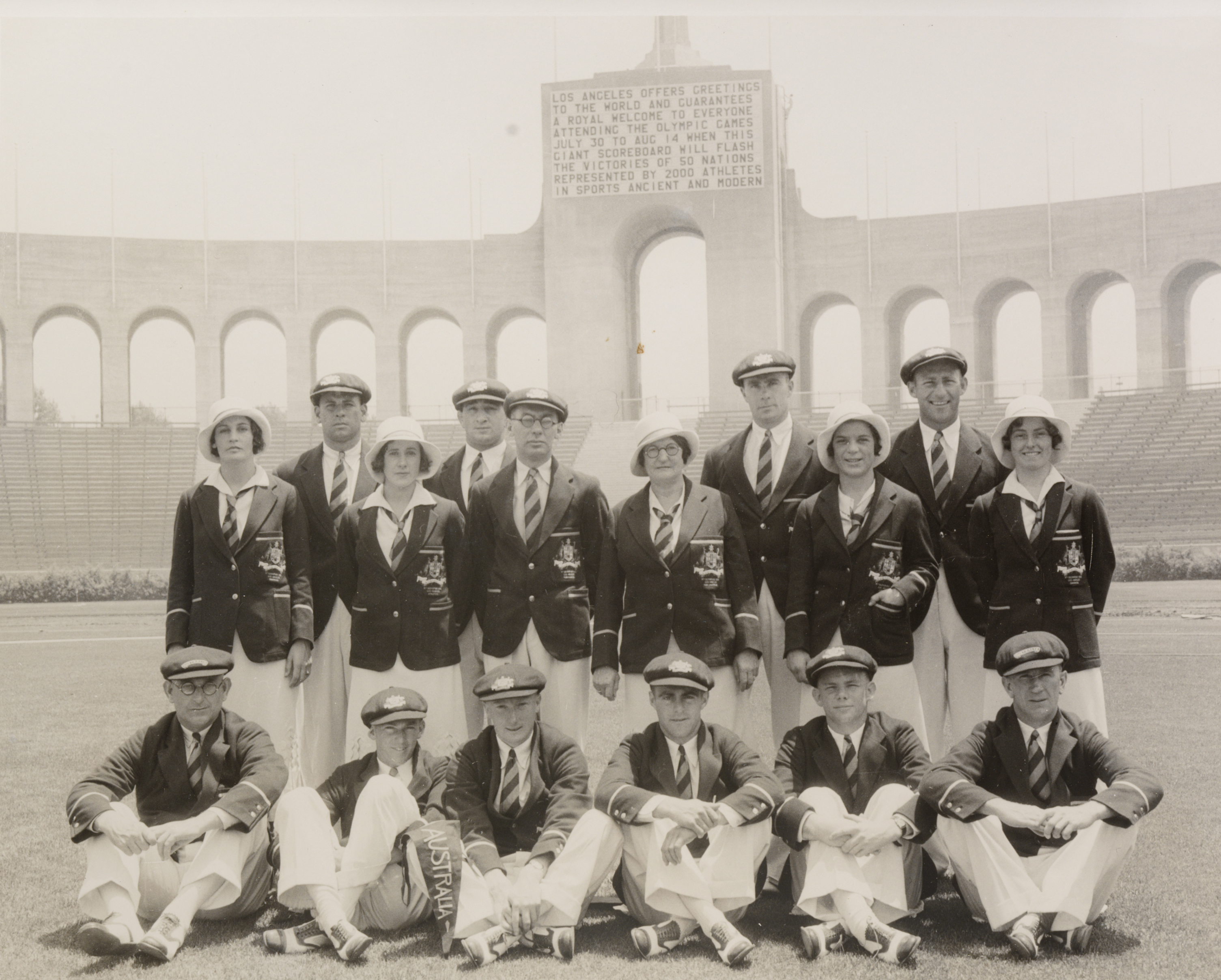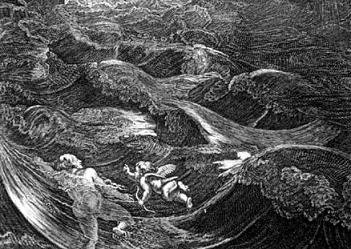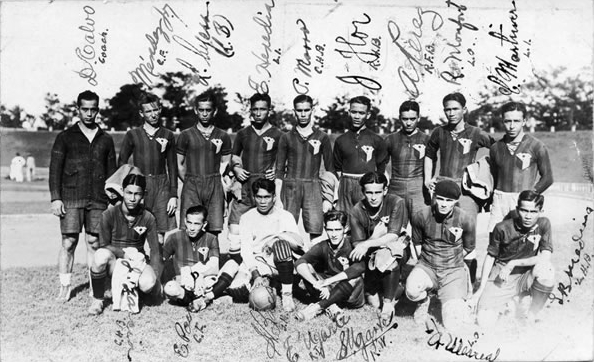|
Teófilo Yldefonso
Teófilo E. Yldefonso (born Teófilo Yldefonso y de la Cruz; November 5, 1903 – June 19, 1942) was a Filipino breaststroke swimmer. He was the first Filipino and Southeast Asian to win an Olympic medal, and the first Filipino to win multiple medals. Early life Teofilo Yldefonso was born on November 5, 1903 in Sitio Bayog, Piddig, Ilocos Norte to Felipe and Aniceta Yldefonso. He was the second among three siblings. His mother died after giving birth to his younger brother, who died at a young age. The Yldefonso siblings taught themselves to swim at the Guisit River. Yldefonso joined 57th Infantry Regiment of the Philippine Scouts of the United States Army in 1922 upon turning 18 years old. It was with the military he was exposed to competitive swimming. Career Yldefonso began joining regional swimming meets in the 1923. Competing in the 200-meter breaststroke, he won multiple gold medals in the Far Eastern Games (1923, 1927, 1930, and 1934). He also stood out in the Phili ... [...More Info...] [...Related Items...] OR: [Wikipedia] [Google] [Baidu] |
Piddig, Ilocos Norte
Piddig, officially the Municipality of Piddig ( ilo, Ili ti Piddig; fil, Bayan ng Piddig) is a 3rd class municipality in the province of Ilocos Norte, Philippines. According to the 2020 census, it has a population of 22,475 people. The town is known for its role in the Basi Revolt, led by Pedro Mateo, a native of Piddig. Today, Piddig is known for its ''basi'' and for their ''sariwagwag'', a dish made out of ''gabi'' leaves with fresh shrimps that are freshly gathered from their rich river. The ''municipio'' (town hall) is located on top of a hill offering panoramic views of fields and mountains. Piddig is the birthplace of Teófilo Yldefonso, a Filipino swimmer who is the first Filipino and Southeast Asian to win an Olympic medal, and the first Filipino to win multiple medals. Geography Piddig's terrain is hilly with rice plains interspersed in between. It sits at a higher elevation than most of the towns in Ilocos Norte. It is a great place for a day hike, if one does not mi ... [...More Info...] [...Related Items...] OR: [Wikipedia] [Google] [Baidu] |
1932 Summer Olympics
The 1932 Summer Olympics (officially the Games of the X Olympiad and also known as Los Angeles 1932) were an international multi-sport event held from July 30 to August 14, 1932 in Los Angeles, California, United States. The Games were held during the worldwide Great Depression, with some nations not traveling to Los Angeles; 37 nations competed, compared to the 46 in the 1928 Games in Amsterdam, and then-U.S. President Herbert Hoover did not attend the Games. The organizing committee did not report the financial details of the Games, although contemporary newspapers claimed that the Games had made a profit of US$1,000,000. Host city selection The selection of the host city for the 1932 Summer Olympics was made at the 23rd IOC Session in Rome, Italy, on 9 April 1923. Remarkably, the selection process consisted of a single bid, from Los Angeles, and as there were no bids from any other city, Los Angeles was selected by default to host the 1932 Games. Highlights *Charles Cu ... [...More Info...] [...Related Items...] OR: [Wikipedia] [Google] [Baidu] |
Swimming At The 1928 Summer Olympics
At the 1928 Summer Olympics in Amsterdam, eleven swimming events were contested, six for men and five for women. The competitions were held from Saturday August 4, 1928, to Saturday August 11, 1928. There were 182 participants from 28 countries competing. Medal table Medal summary Men's events Women's events Participating nations 182 swimmers from 28 nations competed. Chile, Ireland, Panama, the Philippines, and Poland competed in swimming for the first time. References * {{coord, 52.3475, N, 4.8561, E, source:wikidata, display=title 1928 Summer Olympics events 1928 Events January * January – British bacteriologist Frederick Griffith reports the results of Griffith's experiment, indirectly proving the existence of DNA. * January 1 – Eastern Bloc emigration and defection: Boris Bazhan ... 1928 in swimming Swimming competitions in the Netherlands ... [...More Info...] [...Related Items...] OR: [Wikipedia] [Google] [Baidu] |
Far Eastern Games
The Far Eastern Championship Games (also known as the Far Eastern Championships, Far Eastern Games or Far East Games) was an Asian multi-sport event considered to be a precursor to the Asian Games. History In 1913, Elwood Brown, president of the Philippine Amateur Athletic Association and Manila Carnival Games, proposed the creation of the "''Far Eastern Olympic Games''" to China and Japan. It was at that time that Governor-General of the Philippines, Governor-General William Cameron Forbes was the president of the Philippine Olympic Committee, Philippine Amateur Athletic Federation from 1911-1913. Governor-General Forbes formed the Far Eastern Olympic Association. The first event was held on the Manila Carnival grounds (later the Rizal Memorial Sports Complex) in Malate, Manila, Malate, Manila, Philippines on February 4, 1913 and was known as the "First Oriental Olympic Games". Forbes was also the one who formally declare the games open.Bell, Daniel (2003). ''Encyclopedia of ... [...More Info...] [...Related Items...] OR: [Wikipedia] [Google] [Baidu] |
Guisit River
The Guisit River is a stream in the Philippines. It is located in the town of Piddig, Ilocos Norte of the northern Ilocos Region, about 400 km north of Manila, the capital of the country. The estimate terrain elevation above sea level is 21 meters. The drainage area of the Guisit River is the middle north basin of the Padsan River, Laoag River. It originates from the north ridge which has an elevation ranging from 300 meters to 1,000 meters. The basin has an area of 178.3 square kilometers, with mountains and hills accounting 76% of the area. The channel of the Guisit River has a relevantly gentle slope of 0.41%. The river is known for being the local training ground of the Philippine's first bemedaled Olympian, Teófilo Yldefonso and his siblings. References Rivers of the Philippines {{Philippines-river-stub ... [...More Info...] [...Related Items...] OR: [Wikipedia] [Google] [Baidu] |
Swimming (sport)
Swimming is an individual or team racing sport that requires the use of one's entire body to move through water. The sport takes place in pools or open water (e.g., in a sea or lake). Competitive swimming is one of the most popular Olympic sports, with varied distance events in butterfly, backstroke, breaststroke, freestyle, and individual medley. In addition to these individual events, four swimmers can take part in either a freestyle or medley relay. A medley relay consists of four swimmers who will each swim a different stroke, ordered as backstroke, breaststroke, butterfly and freestyle. Swimming each stroke requires a set of specific techniques; in competition, there are distinct regulations concerning the acceptable form for each individual stroke. There are also regulations on what types of swimsuits, caps, jewelry and injury tape that are allowed at competitions. Although it is possible for competitive swimmers to incur several injuries from the sport, such as te ... [...More Info...] [...Related Items...] OR: [Wikipedia] [Google] [Baidu] |
Breaststroke
Breaststroke is a swimming style in which the swimmer is on their chest and the torso does not rotate. It is the most popular recreational style due to the swimmer's head being out of the water a large portion of the time, and that it can be swum comfortably at slow speeds. In most swimming classes, beginners learn either the breaststroke or the freestyle (front crawl) first. However, at the competitive level, swimming breaststroke at speed requires endurance and strength comparable to other strokes. Some people refer to breaststroke as the "frog" stroke, as the arms and legs move somewhat like a frog swimming in the water. The stroke itself is the slowest of any competitive strokes and is thought to be the oldest of all swimming strokes. Speed and ergonomics Breaststroke is the slowest of the four official styles in competitive swimming. The fastest breaststrokers can swim about 1.70 meters (~5.6 feet) per second. It is sometimes the hardest to teach to rising swimmers aft ... [...More Info...] [...Related Items...] OR: [Wikipedia] [Google] [Baidu] |
Philippines
The Philippines (; fil, Pilipinas, links=no), officially the Republic of the Philippines ( fil, Republika ng Pilipinas, links=no), * bik, Republika kan Filipinas * ceb, Republika sa Pilipinas * cbk, República de Filipinas * hil, Republika sang Filipinas * ibg, Republika nat Filipinas * ilo, Republika ti Filipinas * ivv, Republika nu Filipinas * pam, Republika ning Filipinas * krj, Republika kang Pilipinas * mdh, Republika nu Pilipinas * mrw, Republika a Pilipinas * pag, Republika na Filipinas * xsb, Republika nin Pilipinas * sgd, Republika nan Pilipinas * tgl, Republika ng Pilipinas * tsg, Republika sin Pilipinas * war, Republika han Pilipinas * yka, Republika si Pilipinas In the recognized optional languages of the Philippines: * es, República de las Filipinas * ar, جمهورية الفلبين, Jumhūriyyat al-Filibbīn is an archipelagic country in Southeast Asia. It is situated in the western Pacific Ocean and consists of around 7,641 islands t ... [...More Info...] [...Related Items...] OR: [Wikipedia] [Google] [Baidu] |
International Swimming Hall Of Fame
The International Swimming Hall of Fame and Museum (ISHOF) is a history museum and hall of fame, located at One Hall of Fame Drive, Fort Lauderdale, Florida, United States, operated by private interests and serving as the central point for the study of the history of swimming in the United States and around the world. Exhibits include ancient art and both reproductions and original art depicting famous moments in swimming history (from ancient times to modern), swimwear, and civil rights, as well as memorabilia and artifacts belonging to persons who have promoted or excelled in aquatics. It is recognized by FINA (''Fédération Internationale de Natation'') as the official hall for the aquatics sports. History In 1965, Johnny Weissmuller became the president of the International Swimming Hall of Fame, that with this charge in 1970 was present at the Commonwealth Games in Jamaica and was introduced to Queen Elizabeth. ISHOF was incorporated in Florida as a non-profit educational c ... [...More Info...] [...Related Items...] OR: [Wikipedia] [Google] [Baidu] |
1934 Far Eastern Championship Games
The 1934 Far Eastern Championship Games was the tenth edition of the regional multi-sport event, contested between China, Japan and the Philippines, and was held from 16 to 20 May in Manila, the Philippines. A total of eight sports were contested during the four-day competition. The Dutch East Indies (Indonesia) participated at the games, becoming only the second nation outside of the traditional three to send a delegation to the event (after India in 1930).Bell, Daniel (2003). ''Encyclopedia of International Games''. McFarland and Company, Inc. Publishers, Jefferson, North Carolina. . The games were held at the then newly built sports complex, Rizal Memorial Field which was constructed on the former site of the Manila Carnival Grounds. Official women's events featured on the programme for the first time. Although some women's activities had been included since 1921, this marked the first occasion that women's sports were given parity with men's contest and were treated as part of ... [...More Info...] [...Related Items...] OR: [Wikipedia] [Google] [Baidu] |
1930 Far Eastern Championship Games
The 1930 Far Eastern Championship Games was the ninth edition of the regional multi-sport event and was held from 24 to 27 May 1930 in Tokyo, Empire of Japan. A total of eight sports were contested over the course of the five-day event.Bell, Daniel (2003). ''Encyclopedia of International Games''. McFarland and Company, Inc. Publishers, Jefferson, North Carolina. . India made its first and only appearance in the tournament's history, becoming the first participant outside of the traditional three nations since the inaugural 1913 Games. The Chinese won their eighth consecutive title in the football competition. RSSSF. Retrieved on 2014-12-21. China was represented in the competition by the Chinese |
1927 Far Eastern Championship Games
The 1927 Far Eastern Championship Games was the eighth edition of the regional multi-sport event, contested between China, Japan and the Philippines, and was held from 28–31 August 1927 in Shanghai, Republic of China. A total of eight sports were contested during the four-day competition. This was the last time the competition was held on a biennial schedule and the event subsequently changed to a quadrennial basis, being held in the even years between Olympic competitions.Bell, Daniel (2003). ''Encyclopedia of International Games''. McFarland and Company, Inc. Publishers, Jefferson, North Carolina. . Women athletes appeared at the games. A demonstration volleyball match was held by an Eastern Chinese women's team. However, their appearance generated a negative reaction from some audience members, who began insulting and shouting at the women. The match was curtailed before the allotted time as a result.Morris, Andrew D. (2004). ''Marrow of the Nation: A History of Sport and Physi ... [...More Info...] [...Related Items...] OR: [Wikipedia] [Google] [Baidu] |




